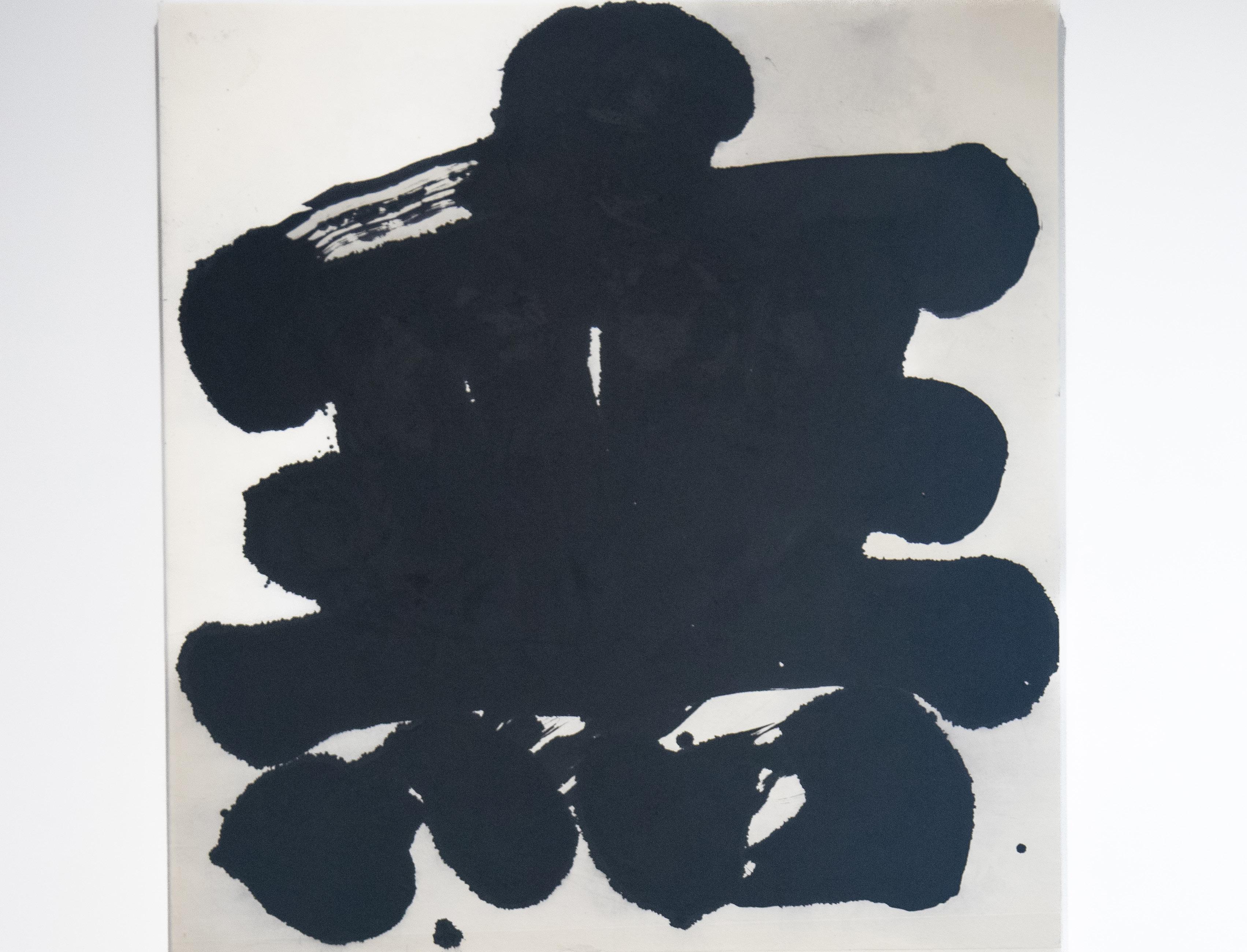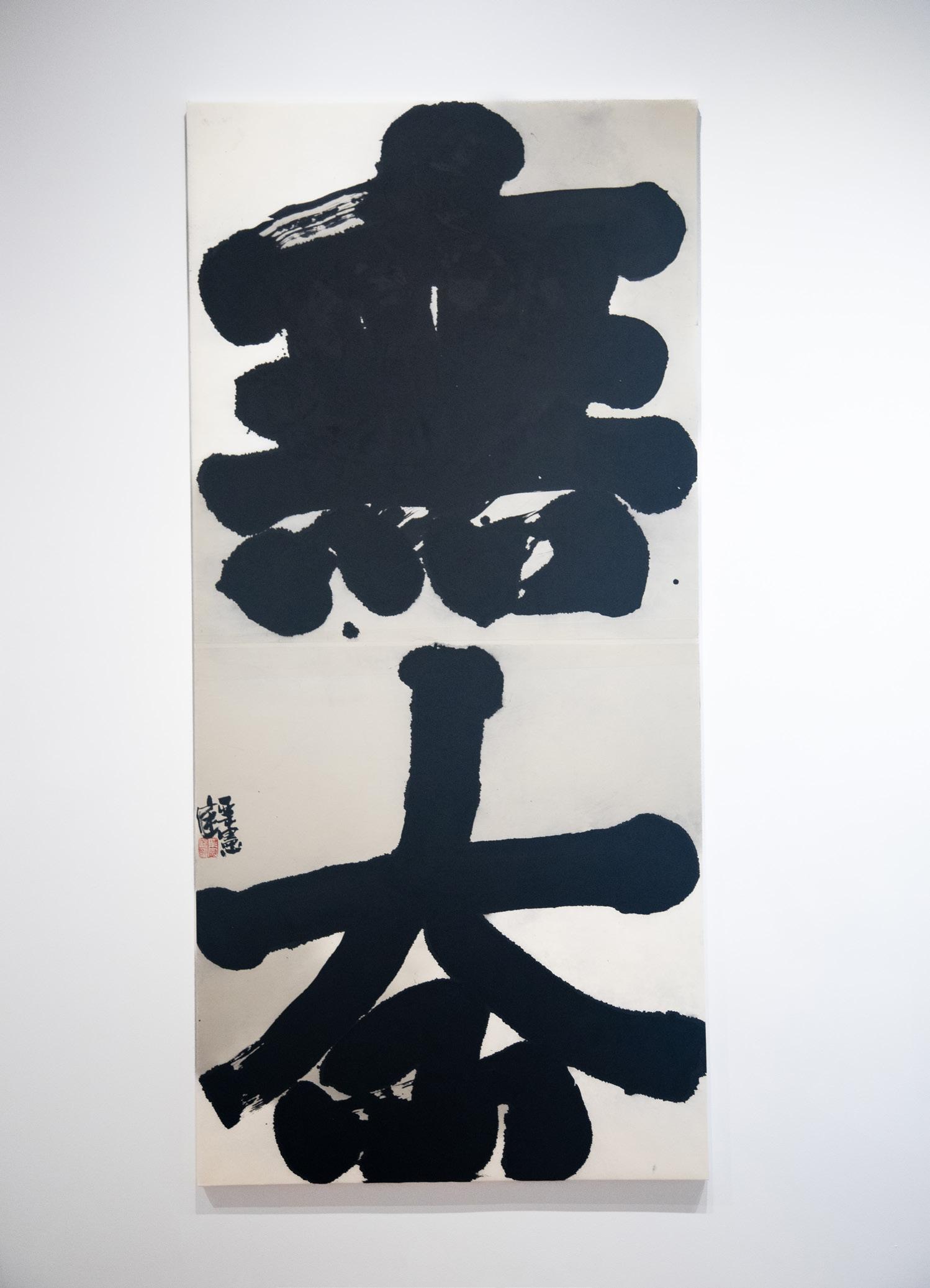

LI XIANTING 栗憲庭

(650) 656-9132
qca_info@qualiagallery.com www.qualiagallery.com

BIOGRAPHY
LI XIANTING 栗憲庭
Li Xianting is widely regarded as one of the most influential figures in the formation of contemporary Chinese art. As an independent critic, curator, and editor, Li has been instrumental in shaping the intellectual discourse and public visibility of China’s avant-garde since the late 1970s. His impact is deeply felt not only through his writing and exhibitions, but also through the communities and movements he has championed—many of which define the trajectory of Chinese contemporary art today.
After graduating in 1978 from the Chinese Painting Department of the Central Academy of Fine Arts in Beijing, Li quickly emerged as a key editorial voice. He served as editor at Fine Art Magazine (《美术》) from 1979 to 1983, and later at the China Fine Art Newspaper (《中国美术报》) from 1985 to 1989. These platforms provided a crucial space for the emergence of critical dialogue during a period of dramatic cultural opening. Li was known for his incisive and daring writing, often advocating for experimental and socially engaged practices at a time when they were still highly contested.
From his base in Beijing, Li championed a generation of artists seeking to push beyond both Socialist Realism and traditional aesthetics. He was a core organizer of the landmark 1979 “Stars” Exhibition (星星美 展), a seminal event in Chinese art history that marked the beginning of the post-Mao avant-garde.
Throughout the 1980s and 1990s, Li continued to write extensively, shaping the discourse around emerging artistic tendencies—including what he famously coined as “Cynical Realism” and “Political Pop.” His critical framing helped solidify these movements as key chapters in China’s engagement with both postTiananmen disillusionment and global contemporary art currents.
Internationally, Li has contributed to numerous exhibitions and symposia, including serving as a curator for the China Pavilion at the 45th Venice Biennale in 1995—one of the earliest institutional presentations of Chinese contemporary art on a global stage. He has been a guest lecturer at universities and museums worldwide and continues to be an essential interlocutor between Chinese artists and the international art world.
In recent years, Li has extended his curatorial and intellectual work into institution-building. He is the founding director of the Songzhuang Art Museum, located in one of China’s most important contemporary art districts, and also oversees Li Xianting’s Film Fund, which supports independent documentary and experimental film in China.


奈无 To Have No Choice, 2025
Ink on xuan paper
40 x 38 in, 110.6 x 96.52 cm each; 40 x 76 in, 110.6 x 193.04 cm overall
